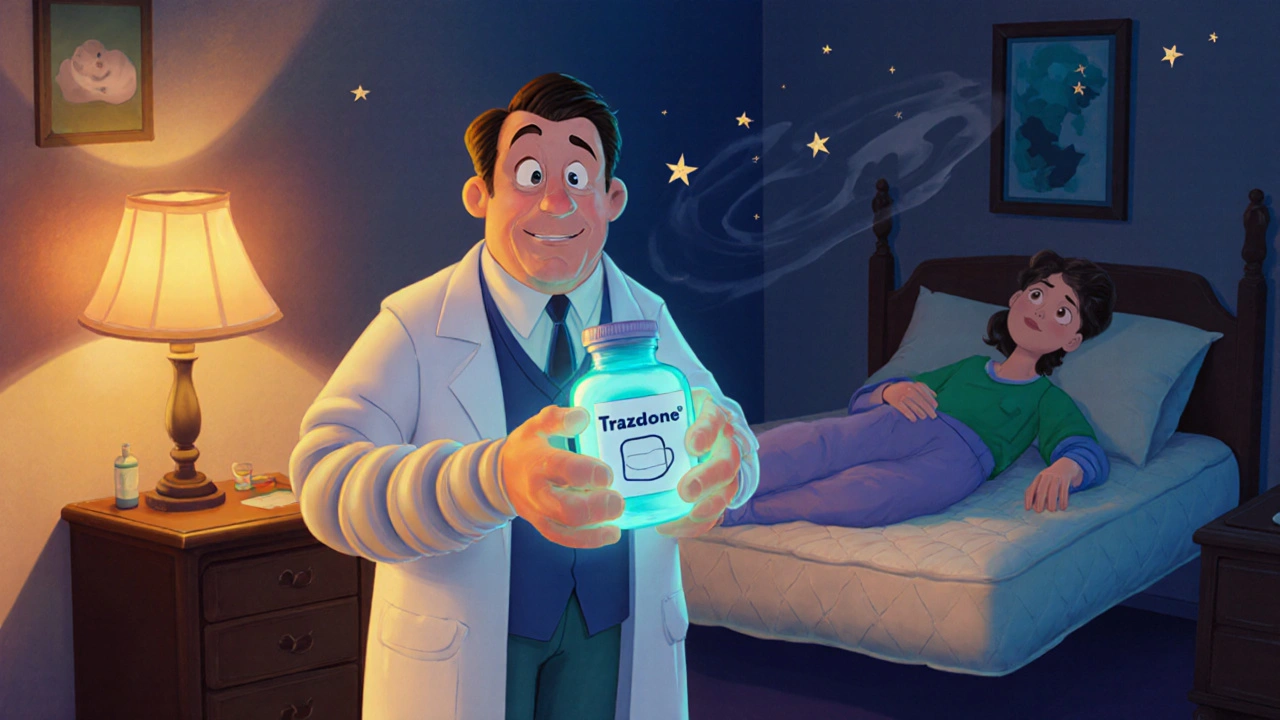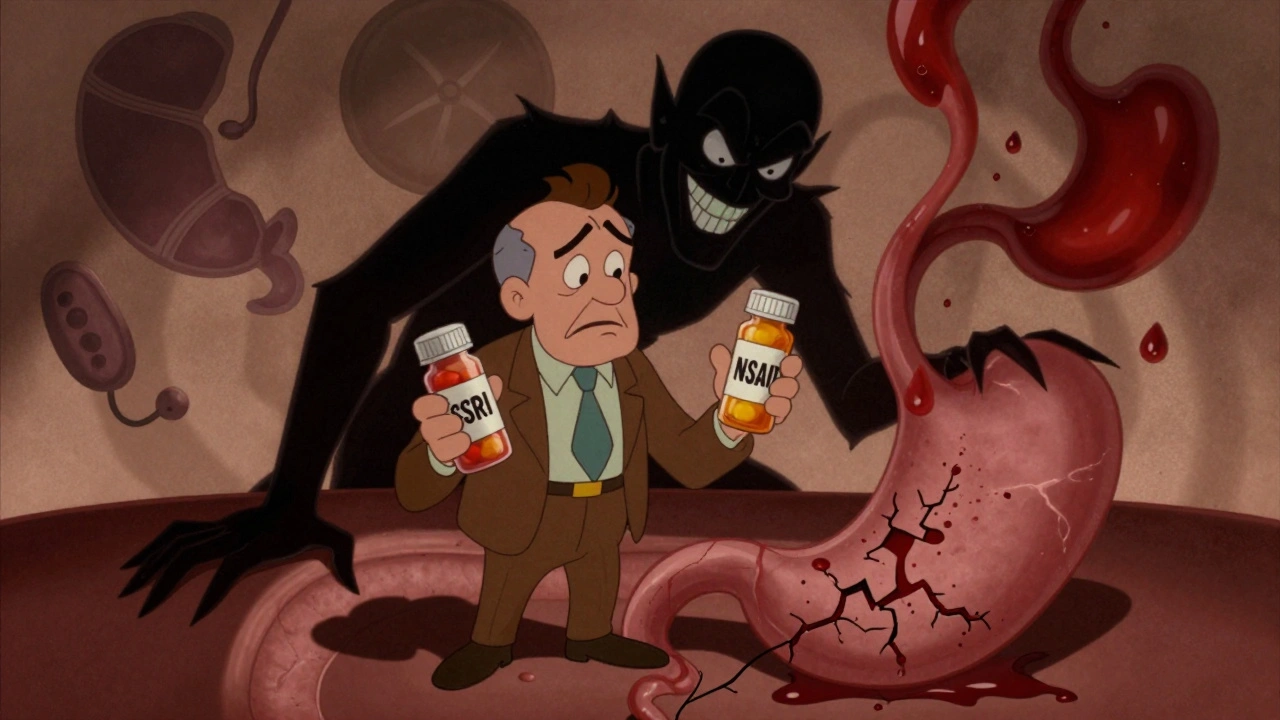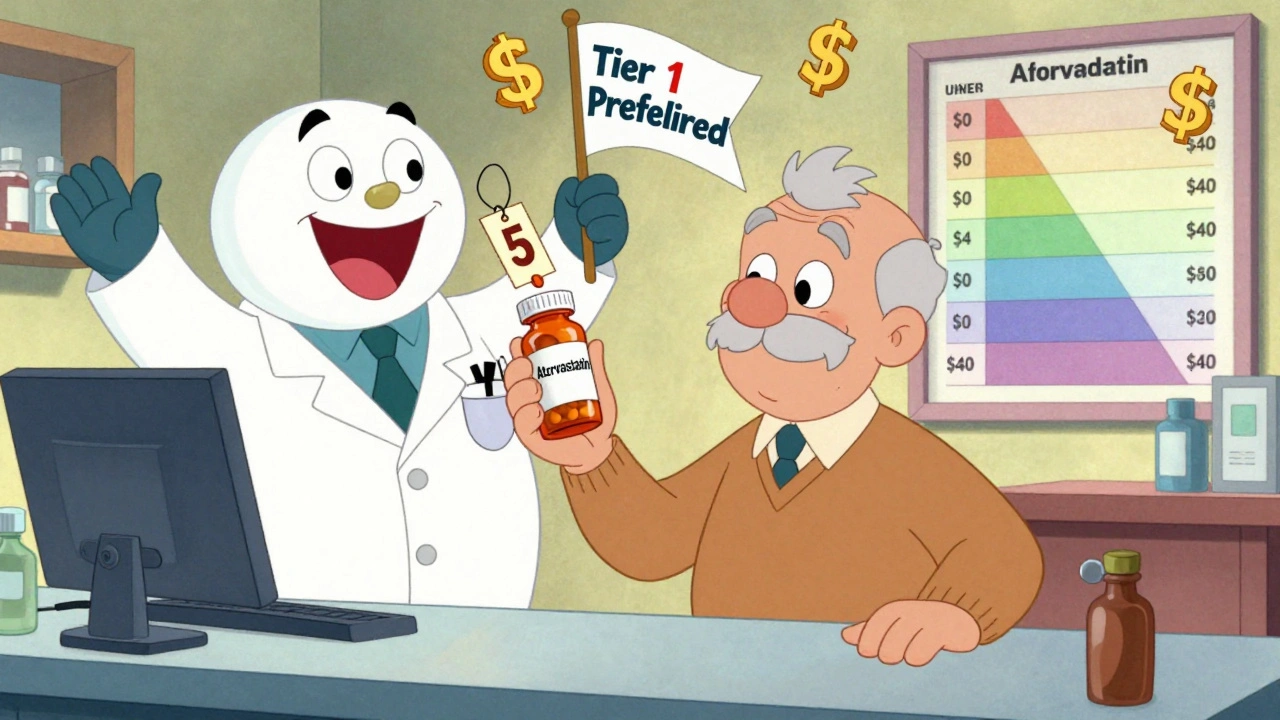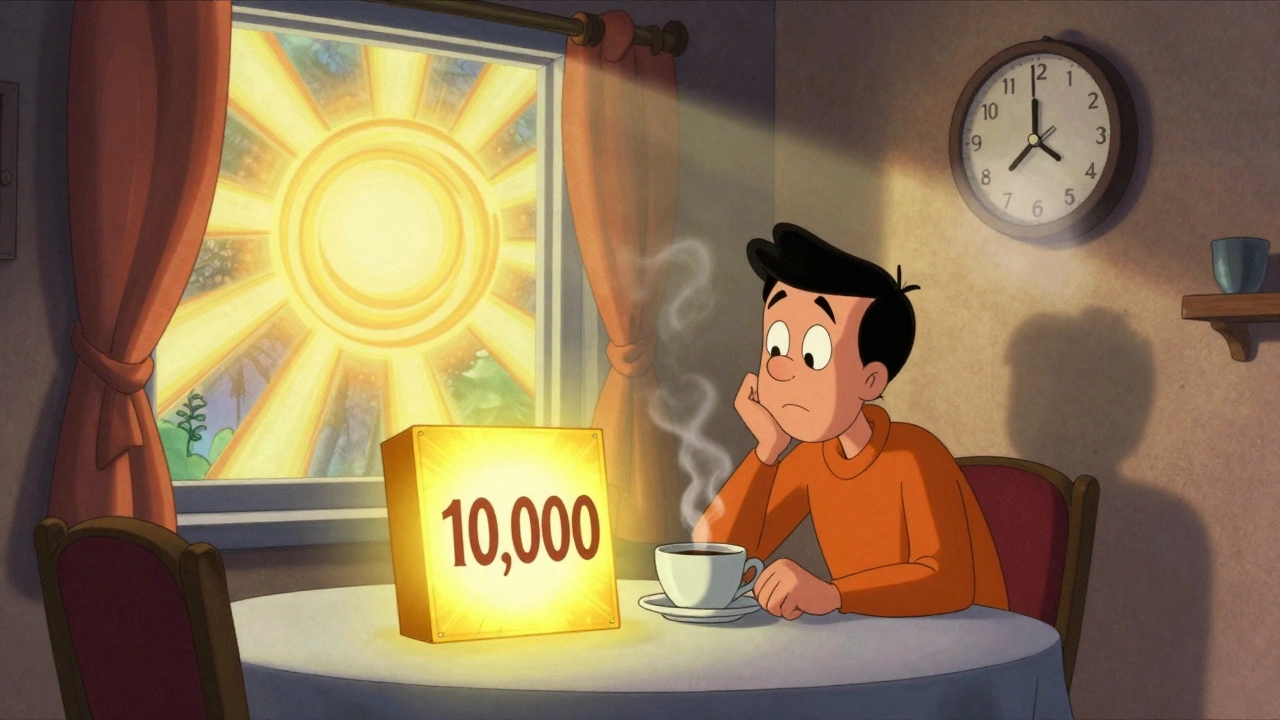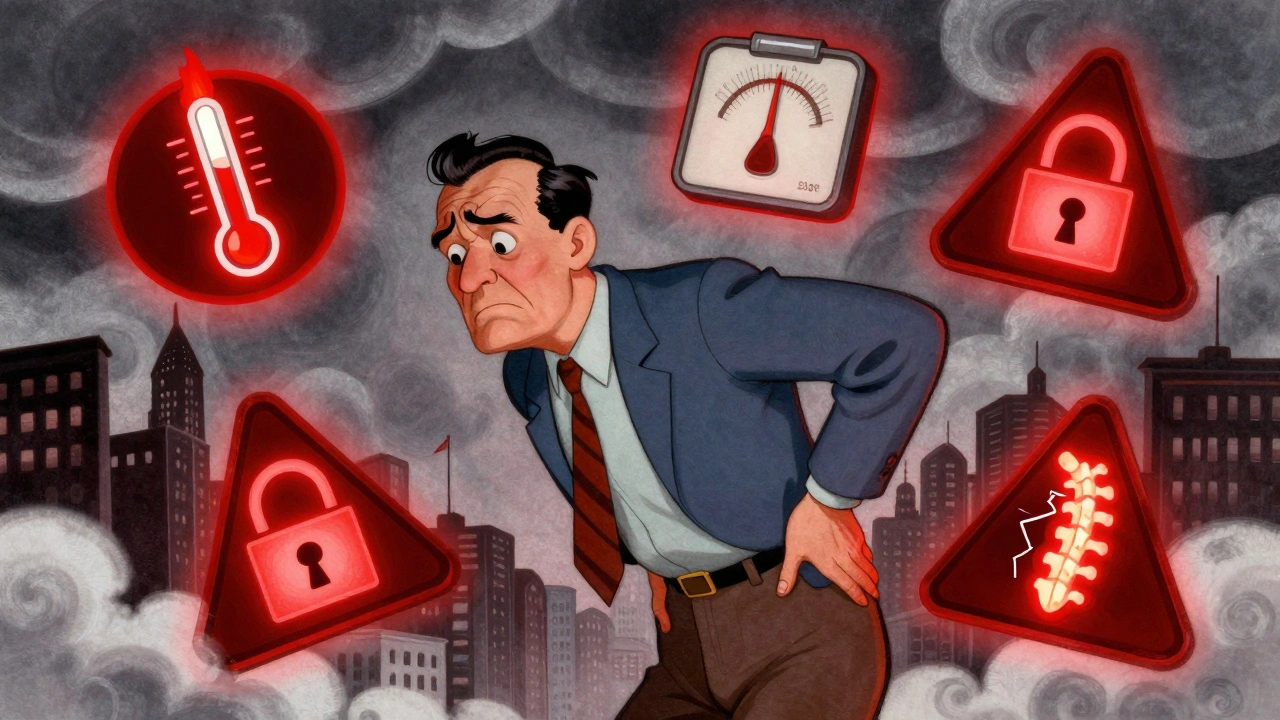Trazodone Side Effects: What You Need to Know Before Taking It
When you're prescribed Trazodone, a serotonin antagonist and reuptake inhibitor used mainly for depression and insomnia. Also known as Desyrel, it's one of the most common off-label sleep aids doctors give—especially when other meds don't work or cause too many side effects. But knowing how it affects your body isn't just helpful—it can keep you out of the ER.
Trazodone isn't like sleeping pills that knock you out. It works by changing serotonin levels in your brain, which helps with both mood and sleep. But because it hits more than one system, side effects are common. About 1 in 3 people feel drowsy the next day, dizzy, or get a dry mouth. Headaches and nausea show up too, especially when you first start. These usually fade after a week or two, but if they stick around, talk to your doctor. More serious risks include low blood pressure when standing up (that’s orthostatic hypotension), which can make you fall. It also rarely causes an irregular heartbeat, especially if you're older or have heart issues. And while it's not addictive like benzodiazepines, sudden stops can cause brain zaps, anxiety, or trouble sleeping.
It's not just about the drug itself—what you take with it matters. Mixing Trazodone with alcohol? Big risk. It multiplies drowsiness and can slow your breathing. Same goes for opioids, certain antidepressants like SSRIs, or even some herbal supplements like St. John’s wort. These combos can lead to serotonin syndrome—a rare but dangerous spike in serotonin that causes confusion, fast heartbeat, fever, and muscle stiffness. If you feel any of those, get help fast. Also, if you’re over 65, your body processes Trazodone slower, so doctors often start you on half the usual dose. And if you’ve ever had a heart attack, liver disease, or seizures, your doctor needs to know before writing the script.
Some people take Trazodone just for sleep, not depression. At low doses—like 25 to 50 mg—it’s effective for falling asleep without the next-day grogginess you get from stronger sleep meds. But it’s not magic. It doesn’t fix sleep apnea, restless legs, or anxiety-driven insomnia. If you’re still tossing and turning after a few weeks, the problem might not be Trazodone—it might be something else. That’s why tracking your sleep, mood, and side effects in a simple journal helps your doctor adjust things faster.
Below, you’ll find real-world comparisons, safety tips, and alternatives that actually work. No fluff. Just what you need to know to use Trazodone safely—or decide if there’s a better option for you.
Trazodone vs. Common Alternatives: A Detailed Comparison
Compare Trazodone with common sleep‑aid alternatives, see side‑effects, dosing, and when each drug works best. A clear guide for patients and clinicians.

